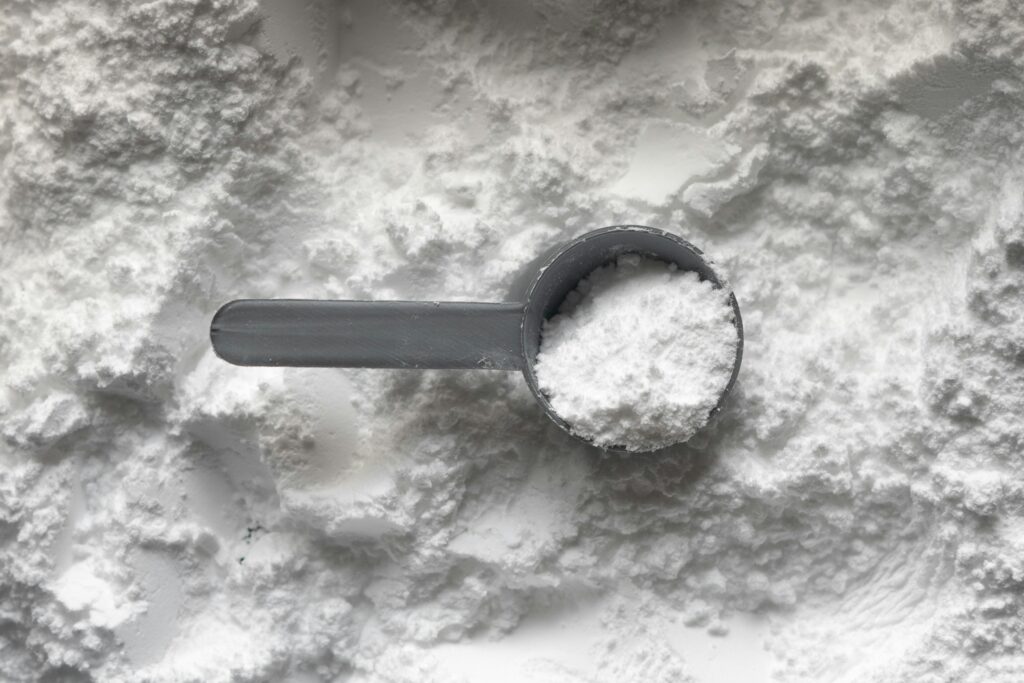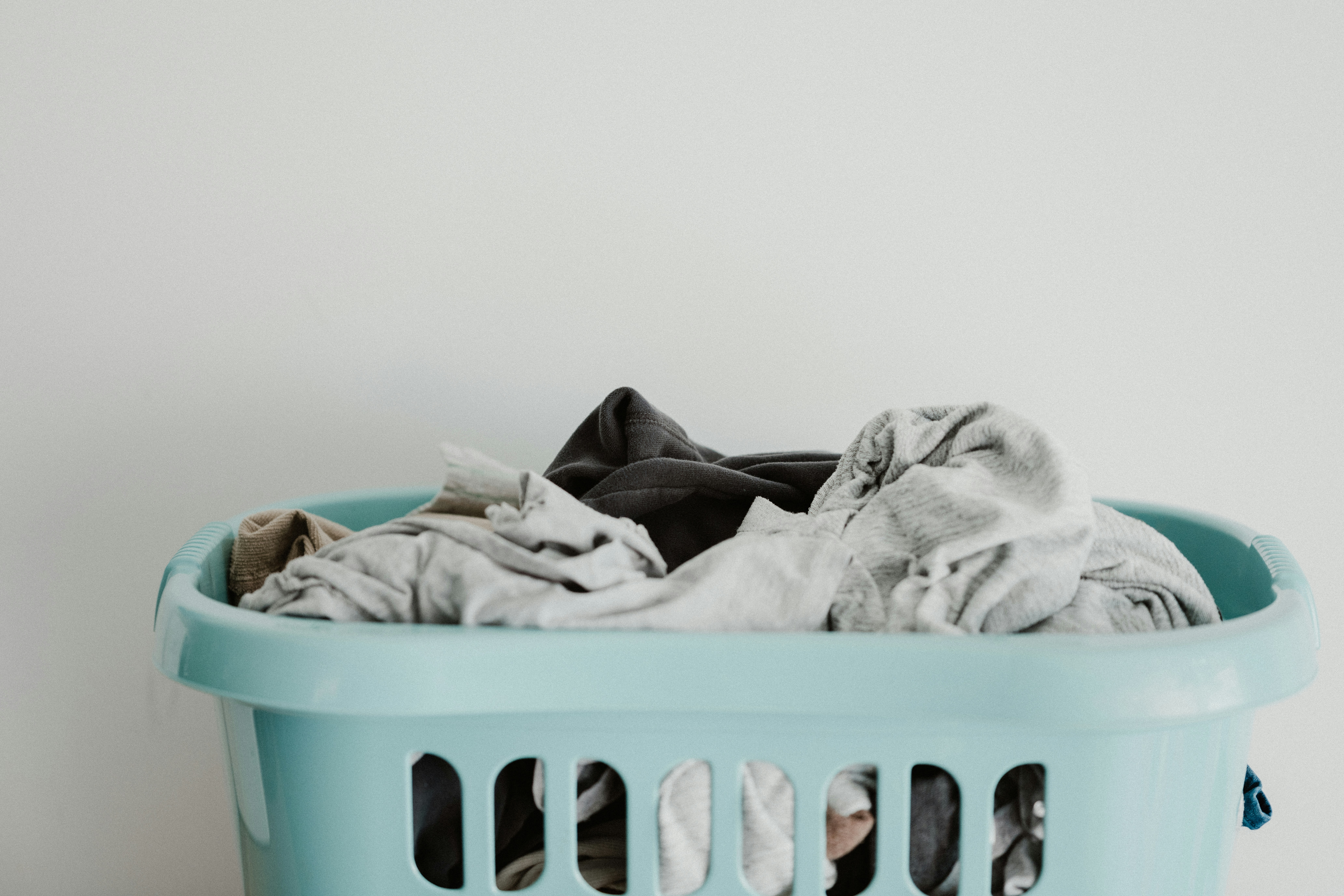In today’s world, we often overlook the hidden dangers lurking in our everyday products. One of the biggest culprits? Laundry soap. Most conventional laundry detergents are packed with chemicals and toxins that can harm our health and the environment. But fear not! There are simple, effective alternatives you can make at home that are not only safer but also cost-effective. In this post, we’ll dive into the toxins in laundry soap, share a homemade laundry detergent recipe, and discuss eco-friendly alternatives for dryer sheets and fabric softeners.
The Hidden Dangers: Toxins in Laundry Soap
Many people don’t realize that the laundry soap they use can contain a cocktail of harmful chemicals. Let’s break down some of the most common toxins found in these products.
Common Toxic Ingredients in Laundry Detergents
- Phosphates: Often used to soften water, phosphates can contribute to algae blooms in waterways, harming aquatic life. They can also cause skin irritation for some individuals.
- Surfactants: While they help remove stains, certain surfactants can irritate skin and eyes. Some are also derived from petrochemicals, which are not environmentally friendly.
- Fragrance: This term can be a catch-all for a variety of undisclosed chemicals that can trigger allergies and respiratory issues. Synthetic fragrances are often made from toxic compounds that can accumulate in the body over time.
- Optical Brighteners: These chemicals make fabrics appear whiter and brighter, but they can cause skin sensitivities and are not biodegradable.
- Enzymes: While enzymes can help break down stains, some people may experience allergic reactions to them.
- Chlorine Bleach: This common laundry ingredient can be harsh on fabrics and skin. It can also release toxic fumes when mixed with other household cleaners.
Why You Should Care
Using products laden with these toxins not only affects your health but can also impact your family, pets, and the environment. Prolonged exposure can lead to skin irritations, allergies, and other health issues. It’s time to rethink what we’re putting in our laundry and how it affects our well-being.
A Safer Alternative: Homemade Laundry Soap Recipe
Now that we’ve identified the problem, let’s move on to a practical solution. Making your own laundry soap is not only simple but also allows you to control what goes into your cleaning products.
Homemade Laundry Soap Ingredients
Here’s a straightforward recipe to create your own eco-friendly laundry detergent:
- ½ cup Epsom salt: This helps soften water and enhances cleaning.
- 1½ cups baking soda: A natural deodorizer and stain remover.
- 1½ cups washing soda: Great for tough stains and also works as a water softener.
- ¼ cup sea salt: This acts as a natural fabric softener and helps remove odors.
- 20-25 drops of essential oil: For a fresh scent (my favorites are lavender and geranium).

How to Make Your Homemade Laundry Soap
- Mix Ingredients: In a large bowl, combine the Epsom salt, baking soda, washing soda, and sea salt. Stir until well blended.
- Add Essential Oils: Add 20-25 drops of your chosen essential oil to the mixture and stir again. This will give your laundry a pleasant, natural scent.
- Store: Transfer the mixture into an airtight container. Use about 2 tablespoons per load of laundry.
- Wash: Just toss the detergent into your washing machine along with your clothes, and enjoy the clean, fresh scent!
Eco-Friendly Alternatives to Dryer Sheets and Fabric Softeners
While homemade laundry soap is a fantastic first step, let’s not forget about what happens in the dryer. Conventional dryer sheets and fabric softeners are often loaded with chemicals that can irritate skin and respiratory systems. Here are two eco-friendly alternatives you can easily implement.
Wool Dryer Balls
Wool dryer balls are a fantastic substitute for dryer sheets. Here’s why:
- Natural Fabric Softener: They naturally soften fabrics without the use of chemicals.
- Reduce Drying Time: By bouncing around in the dryer, they separate laundry and allow hot air to circulate better, cutting down on drying time.
- Reusable: A set of wool dryer balls can last for years, making them a cost-effective and sustainable choice.
How to Use Wool Dryer Balls
Simply toss 3-6 wool dryer balls into your dryer with each load. You can even add a few drops of essential oil to the balls for a light fragrance, if desired!
Vinegar as Fabric Softener
Instead of traditional fabric softeners, you can use white vinegar, which acts as a natural fabric softener.
- Benefits: Vinegar helps break down detergent residues and softens clothes without leaving any chemical film behind. Plus, it’s safe for septic systems!
How to Use Vinegar
Add 1/2 to 1 cup of white vinegar to the rinse cycle of your washing machine. It will help soften your clothes and reduce static cling.
The Scent of Nature: Choosing Essential Oils
One of the best parts about making your own laundry soap is the ability to customize the scent. Lavender and geranium are my personal favorites, but feel free to experiment with other essential oils like lemon, eucalyptus, or tea tree.
Benefits of Essential Oils
- Lavender: Known for its calming properties, it can help reduce stress and promote relaxation.
- Geranium: Offers a floral scent that can uplift mood and create a soothing laundry experience.
- Lemon: Bright and refreshing, lemon essential oil has natural antibacterial properties and can help eliminate odors, leaving your laundry smelling fresh.
- Tea Tree: With its antimicrobial properties, tea tree oil not only helps combat odors but also acts as a natural disinfectant, ensuring your laundry is both clean and fresh.
Tips for Transitioning to Non-Toxic Laundry Practices
Making the switch to non-toxic laundry products can feel daunting, but it doesn’t have to be! Here are some practical tips to help you along the way:
- Start Slow: Begin by gradually replacing your laundry detergent with the homemade version. Use it for a few loads and see how you like it.
- Check Labels: When purchasing any cleaning products, always check for harmful chemicals. Look for those labeled “fragrance-free” and “non-toxic.”
- DIY More: Consider making other household cleaners from natural ingredients. There are plenty of recipes online for all-purpose cleaners, window cleaners, and more!
- Educate Others: Share what you learn with friends and family. The more people know about the toxins in laundry soap, the more we can push for safer products in stores.
Clean Clothes, Clean Conscience
Transitioning to eco-friendly laundry practices is a rewarding journey that benefits both your health and the planet. By creating your own laundry soap and replacing toxic dryer sheets and fabric softeners, you’re taking a significant step towards a cleaner, greener lifestyle.
Let’s embrace the power of natural ingredients and rid our homes of unnecessary toxins. With simple DIY solutions like homemade laundry detergent, wool dryer balls, and vinegar fabric softener, we can enjoy fresh, clean laundry without compromising our well-being.
As you embark on this journey, remember that every small change counts. Your choices can lead to a healthier home and a healthier planet. Happy laundering!
Previous Post
Next Post
Keep Reading
blog home
SEARCH
What do you want to learn today?
trending searches
living mindfully
self care
recipes
toxin free
minimalism
DIY

+ Show / Hide Comments
Share to: